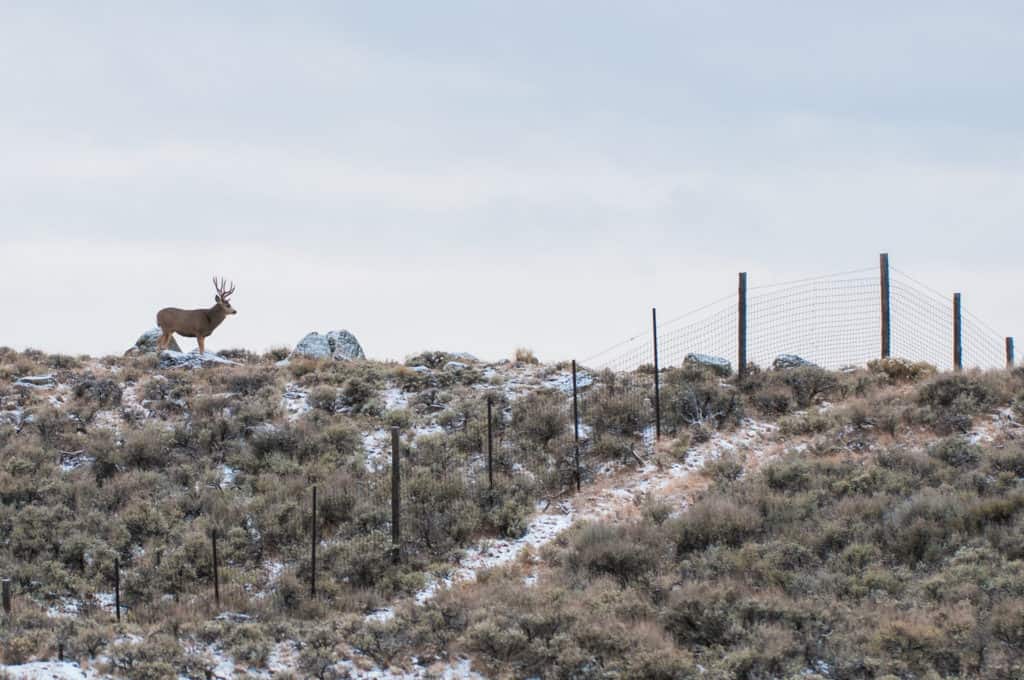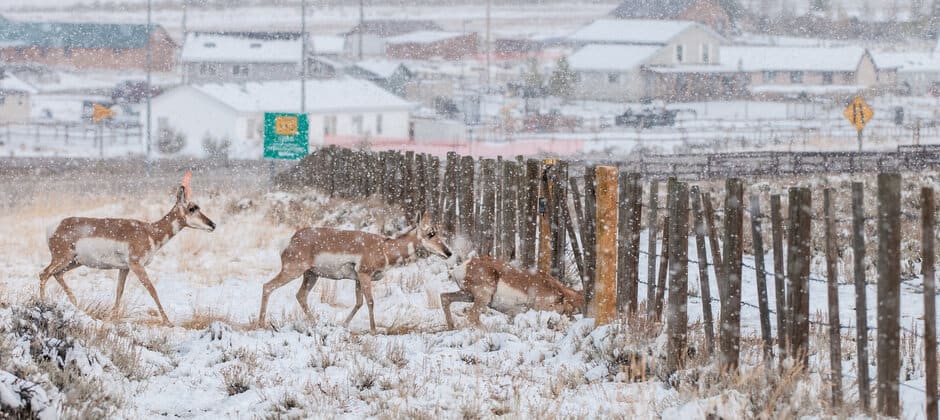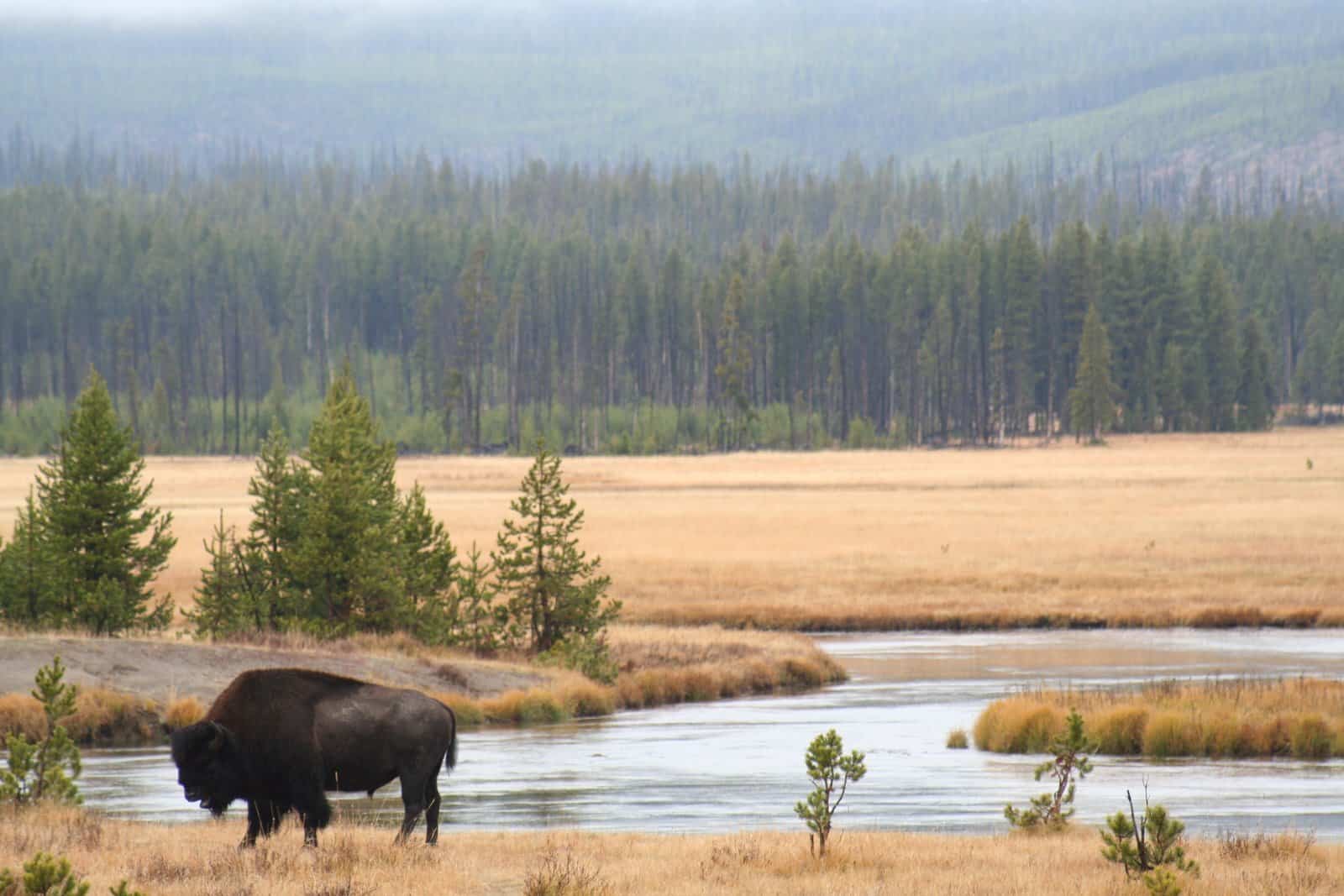Share this article
How can managers help ungulates cross fences?
Wildlife managers may be able to give long-ranging ungulates in the West greater land access by making key changes to fencing.
“Fences have been in human civilization for so long, and now we are finally giving [them] attention,” said Wenjing Xu, a PhD candidate in wildlife and rangeland ecology at University of California, Berkeley.
Xu had noticed a large number of yak herders on the landscape while she was traveling through Tibet. She began to wonder how the large number of fences in the area impacted the movements of large, wide-ranging wild mammals in the region.
When she conducted studies back in Wyoming on ungulates like mule deer (Odocoileus hemionus) and pronghorn (Antilocapra americana), Xu saw some similarities in the wide-open landscapes they crossed.
Some of her colleagues had been radiotracking and collecting data on the ungulates’ movement for a long time. She and her colleagues examined data from that research and overlaid it with information on the presence of fences in an area of western Wyoming.
They found that both ungulates treated fences differently. Mule deer are a little more athletic, actively jumping over fences that aren’t too tall, while pronghorn prefer to squeeze underneath them.

Mule deer typically cross fences by jumping them where possible. Credit: Joe Riis
But both species don’t necessarily pass over, through or under at all. In a study published recently in the Journal of Applied Ecology, Xu and her co-authors categorized a number of different interactions that occurred when traveling animals approached a fence. These including passing through, skirting along the fence without passing through, going back and forth, bouncing off and going back the way the animal came, or getting trapped in the fence.
Pronghorn were much more affected by the fences than mule deer, behaving in ways more likely to prevent them from crossing the barrier. They also became sometimes became trapped, Xu said.
But the research also revealed the areas where mule deer and pronghorn were more likely to cross.
Xu said this kind of information would be useful for wildlife managers looking to make modifications to some fences to allow these ungulates to pass through more easily. Areas that pronghorn favor, for example, could have higher and smooth bottoms without barbed wire to allow them to pass through, while areas mule deer pass through could be a little shorter to help them jump over.
The information is important because their study area alone had more than 6,000 kilometers of fences. Since it’s not possible, or even desirable for landowners to remove them all, the best alternative option is to look for optimal points to make improvements.
“It’s possible to make fences effective as a barrier for livestock but permeable for other wild animals,” Xu said.
This type of study could also be useful for better understanding ungulates in Tibet, or the way wildebeests or other animals respond to fences in Africa.
Header Image: Pronghorn cross under a fence in Wyoming. Credit: Joe Riis








